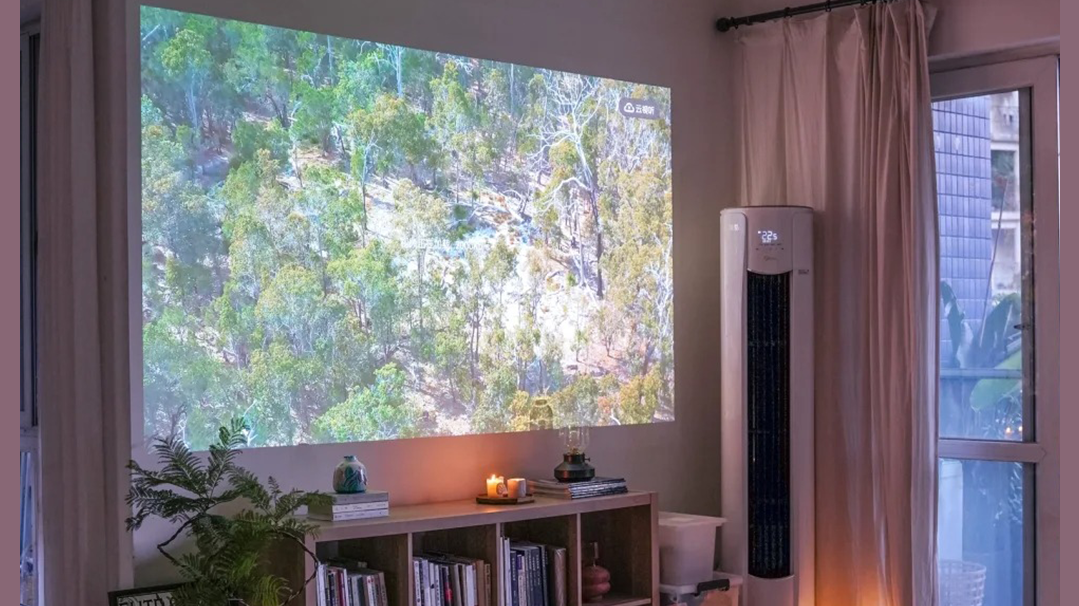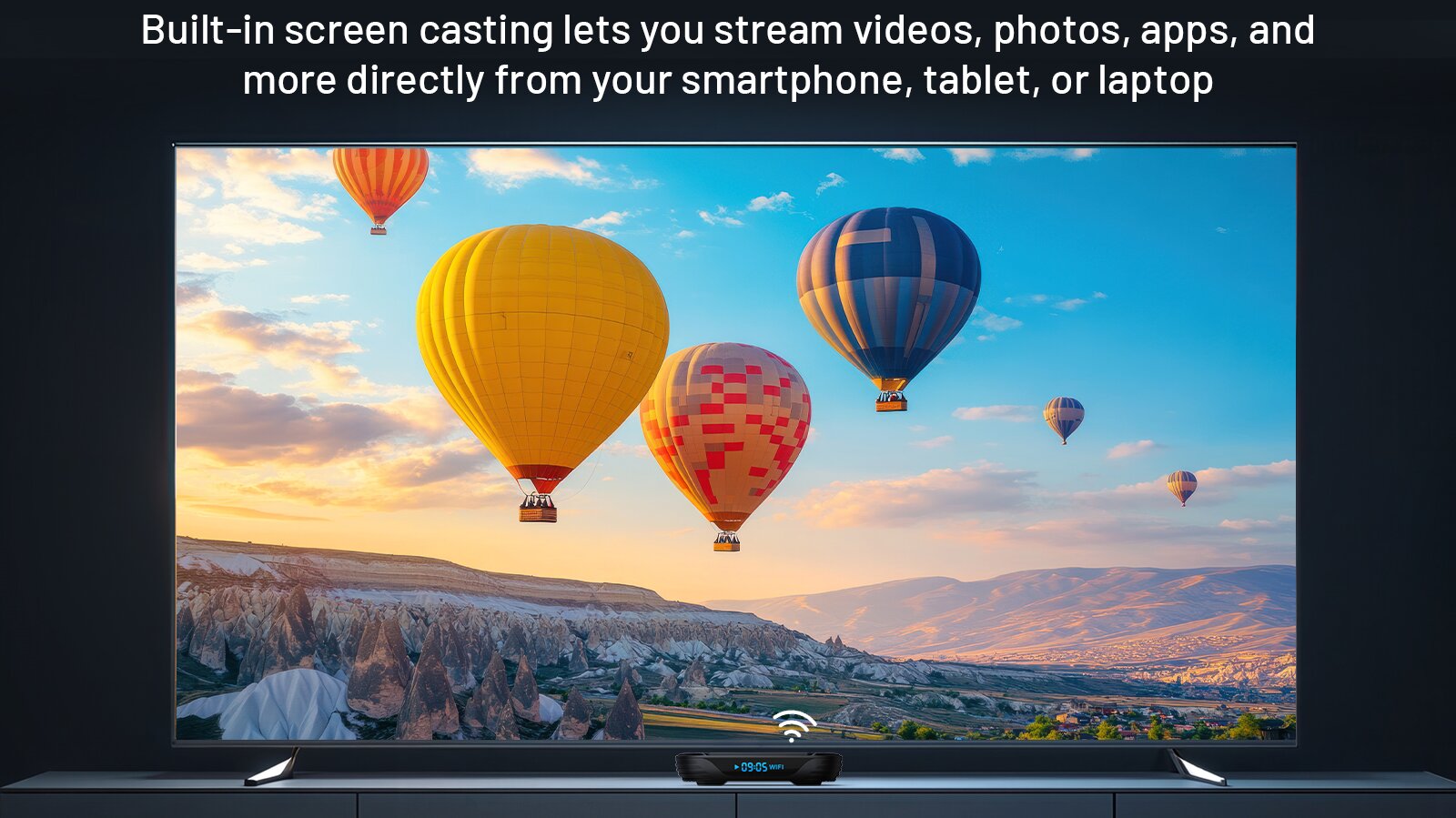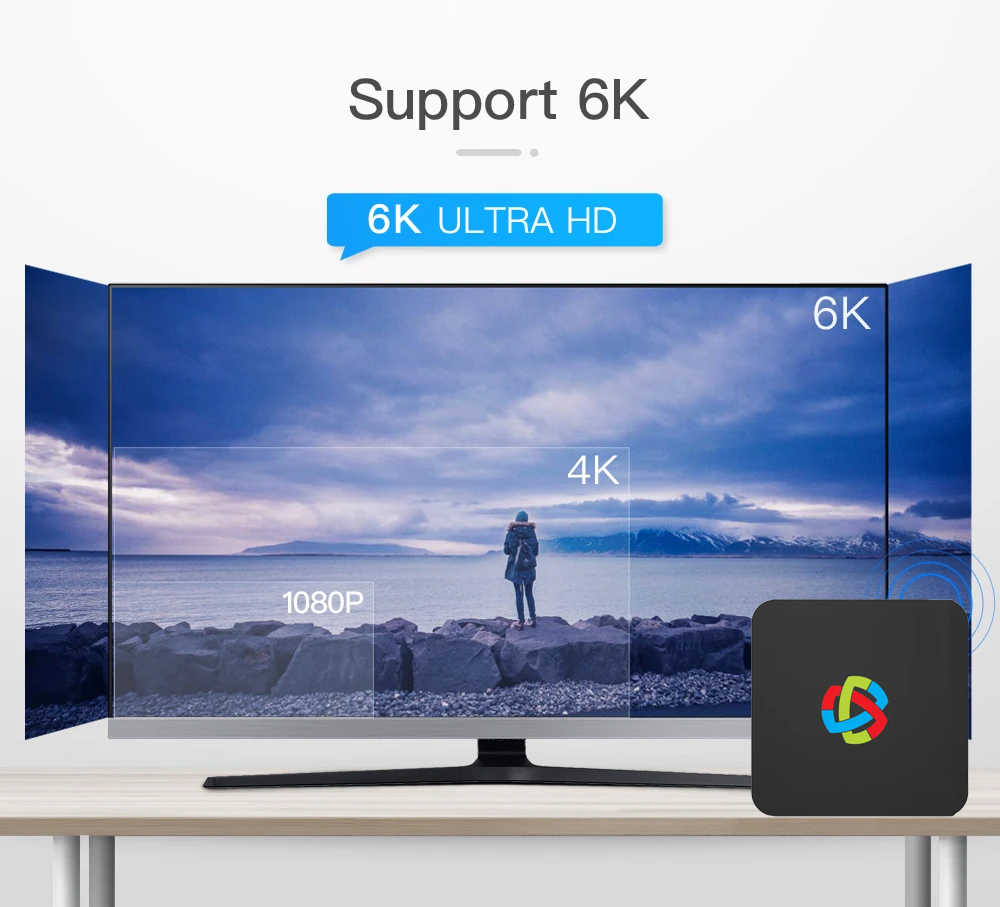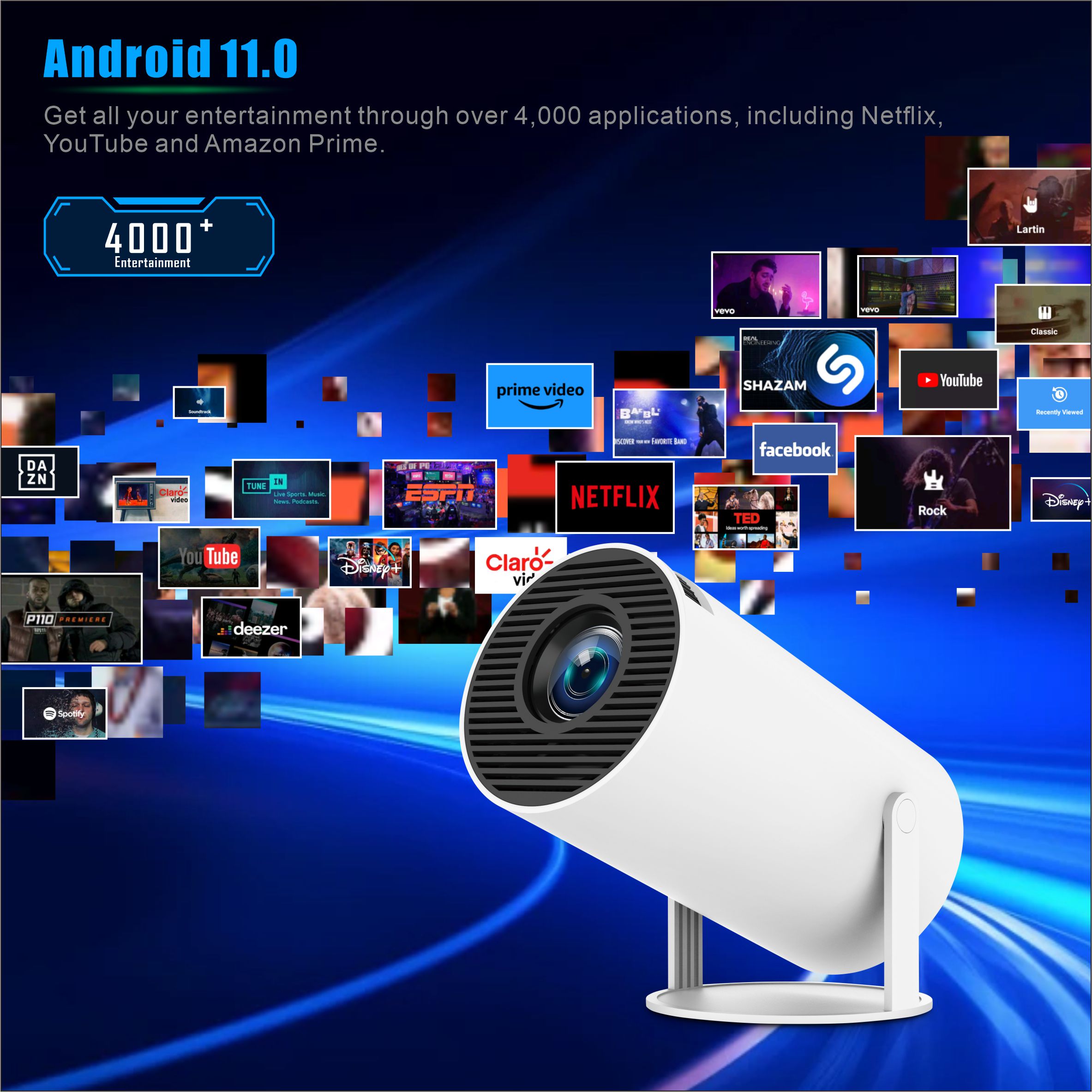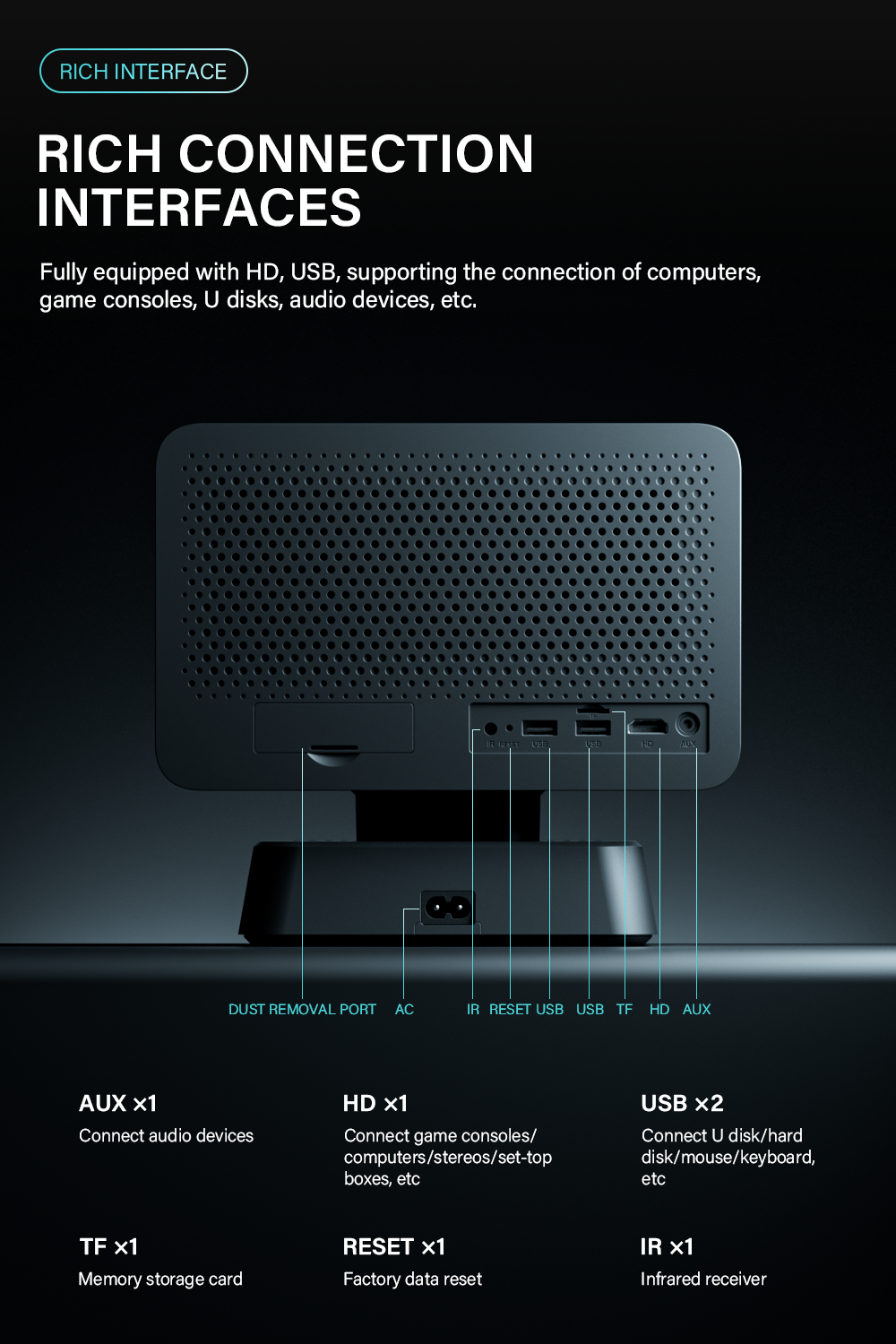I. The novelty factor has worn off, and the entry-level standards have risen.
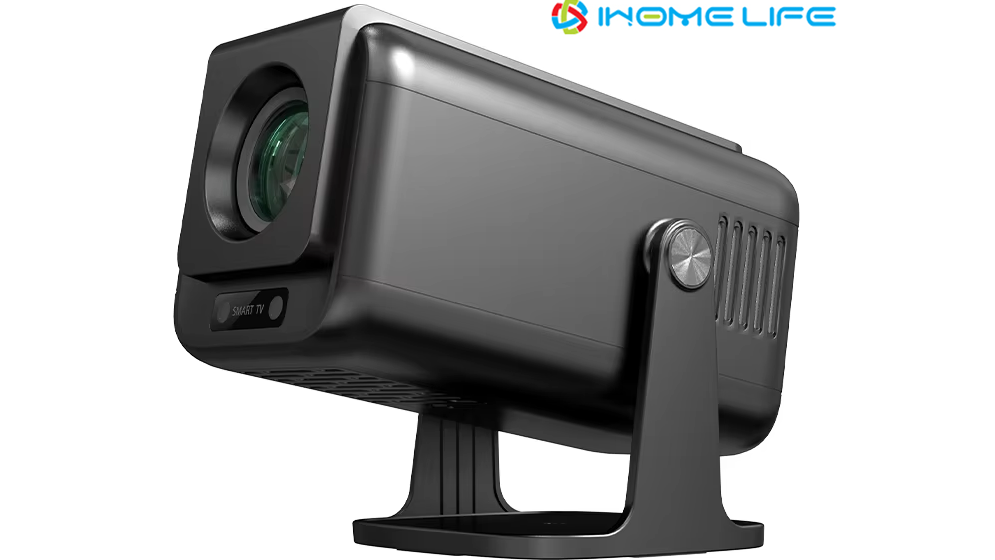
Regarding the decline in demand for entry-level smart projectors, Da Ping Jun believes that although statistics show a "first-time drop" in 2024 for products below 500 yuan after years of continuous growth, this decline was inevitable.
The reason is simple: as a sophisticated electronic and optical device, it is difficult for projectors priced below 500 yuan to deliver decent performance. Key metrics such as resolution, brightness, and the computational power and storage necessary for smart applications are unlikely to meet expectations. Poor user experience and falling short of consumer expectations are highly probable.
During the special period of restricted travel from 2020 to 2022, these products still held some novelty value for home use. However, as social mobility returns to normal and more early adopters are disappointed by the lackluster performance, a significant decline in market share is inevitable. Data from AVC's consumer research shows that in 2020, 27% of smart projector purchases were driven by a desire to try something new, but by 2024, this factor accounted for only 12%.
In 2023, models priced below 500 yuan held a market share of up to one-third. Da Ping Jun predicts that, barring a fundamental technological breakthrough that significantly improves product experience, this figure is likely to continue declining to around 10% in the future.
II. The 500-2000 yuan price range has emerged as the big winner, highlighting its unique value proposition.
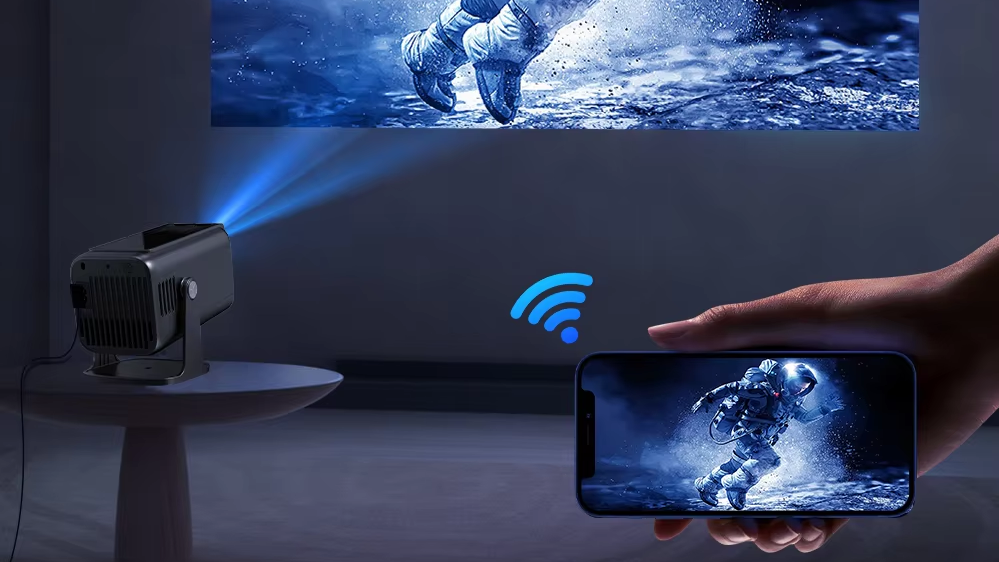
In 2024, the mainstream of smart projector consumption is dominated by models priced around a thousand yuan. Da Ping Jun believes this reflects two key points:
1. Price Gap and Market Independence: The thousand-yuan price point significantly differs from that of large-screen LCD TVs, effectively avoiding direct competition and carving out an independent consumer base. This includes renters, travelers, students, or those seeking supplementary uses beyond traditional TV applications, such as bedroom large-screen setups or small-space large-screen needs.
2. Enhanced Performance and Unique Value: With performance improvements, models priced between 500-2000 yuan, offering 300-700 lumens, can deliver a certain level of "projection charm." Among these, 1LCD models have played a decisive role, becoming the true backbone of the thousand-yuan segment. A 300-lumen projector can display a 70-inch image on a bedroom wall, while a 700-lumen model can project a 100-inch screen with decent picture quality. This unique value is irreplaceable for thousand-yuan projectors.
III. In the future, smart projectors will compete in the main battlefield of the 1000-3000 yuan price range.
In 2024, the average consumer price of the domestic smart projector market dropped by approximately 5%. Among these, products utilizing 3LCD technology saw the most significant price reductions. Da Ping Jun analyzed that their average price fell by more than 20-30%, largely due to the widespread availability of products priced around 3,000 yuan, which not only drove prices down but also boosted sales.
However, against the backdrop of an overall downward price trend, the average price of 1LCD models actually increased in 2024. These models not only featured performance-oriented products priced above 2,000 yuan but also achieved significant success in the thousand-yuan market. The contraction of the sub-500 yuan market particularly contributed to the rise in the average price of 1LCD products.
Over the past decade, the smart projector market has consistently trended towards lower prices, making the price increase of 1LCD products in 2024 an anomaly. What is the special significance behind this? Da Ping Jun believes this exception highlights that the fundamental trends in smart projector consumption are consistently driven by two core factors: 1. the demand for a large-screen experience in terms of performance, and 2. the need for affordability and accessibility in terms of price. These are critical considerations for future innovations in smart projectors.
Industry insiders also noted that some key technologies and components of smart projectors have significant potential for price reductions. For example, in 2024, ultra-short-throw projector solutions priced at 1,999 yuan emerged, along with 100-inch Fresnel anti-light screens priced at 999 yuan, and 1LCOS native 4K optical valve solutions priced at 2,000 yuan. Even within the DLP camp, the price of 0.65-inch WXGA products dropped by 50% compared to the previous generation. "
Researching high performance while also focusing on low cost should become the key to the widespread adoption of smart projectors and the primary direction for increasing product sales!" emphasized Da Ping Jun. In this context, Da Ping Jun particularly stressed: "Let large-screen LCD TVs dominate the living room if they want to—smart projectors should aim to conquer the bedroom! A household often has more than one bedroom, which represents an untapped blue ocean."
Beyond this value proposition, smart projectors can also offer advantages over LCD TVs. For instance, 120-inch laser TVs and 200-inch private home theaters (the height of residential buildings generally accommodates a maximum of 200-240 inches for a 16:9 giant screen wall) provide immersive experiences that LCD TVs cannot match in terms of size. These ultra-large screens represent a unique value space that smart projectors can capitalize on.
In summary, while the smart projector market in 2024 faced challenges and setbacks, it also showcased highlights and potential for future growth and resurgence. Da Ping Jun believes that all issues in the smart projector market boil down to one fundamental problem: the need for "supply-side upgrades." Only when the supply side truly offers differentiated and accessible value can the smart projector industry continue to flourish and remain vibrant.
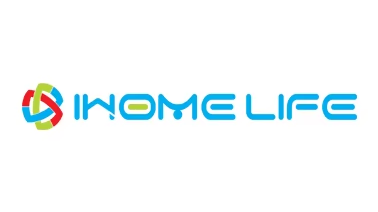
Name: Janice
Email: sales11@ihomebox.com.cn
Tel/Whatsapp: +86 19926651189


